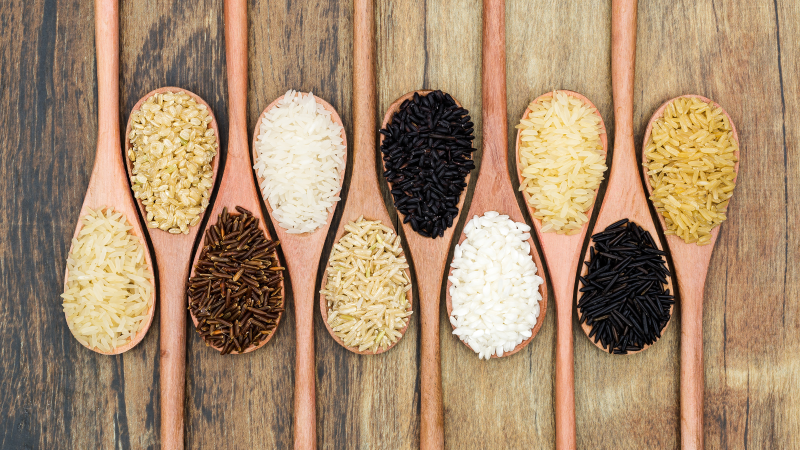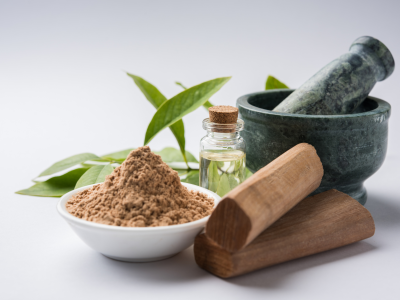
India has a rich and diverse agricultural heritage, and its rice varieties reflect this diversity. From long-grain to short-grain, aromatic to non-aromatic, and traditional varieties to those with unique regional significance, rice in India comes in many forms. Here are some of the traditional rice varieties that have been cultivated across various parts of India:
1. Basmati Rice
- Region: Primarily grown in the northern states like Punjab, Haryana, and Uttar Pradesh, and parts of Nepal.
- Characteristics: Basmati is an aromatic, long-grain rice known for its distinctive fragrance and fluffy texture when cooked. It is often used for biryanis, pilafs, and other rich rice dishes.
- Popular Varieties:
- Pusa Basmati: A hybrid variety known for its long grains and aromatic fragrance.
- Himalayan Basmati: Cultivated in the foothills of the Himalayas, this variety is highly aromatic.
2. Sona Masoori
- Region: Andhra Pradesh, Telangana, Karnataka, and Tamil Nadu.
- Characteristics: A medium-grain, non-aromatic rice known for its lightness and softness. It's a staple variety for daily meals and used in a variety of dishes such as rice pulao, lemon rice, and curd rice.
3. Jasmine Rice (Kasturi Rice)
- Region: Primarily in Tamil Nadu and Kerala.
- Characteristics: Known for its pleasant aroma, Jasmine rice is often used in South Indian cuisine, especially for making dosa batter or in certain festival dishes.
4. Mogra Rice
- Region: Uttar Pradesh, Bihar, and West Bengal.
- Characteristics: Mogra rice is a small-grain, aromatic variety known for its fragrance, often used in traditional biryanis and pulao.
5. Red Rice
- Region: Predominantly grown in Kerala, Tamil Nadu, and parts of the northeastern states like Manipur and Assam.
- Characteristics: Red rice retains its bran layer, giving it a reddish-brown hue and a slightly nutty flavour. It is rich in nutrients like fiber and iron. It is used for making traditional dishes like Kerala red rice or Assam’s "Xalapori Bhog."
6. Poha Rice (Flattened Rice)
- Region: Maharashtra, Madhya Pradesh, and Rajasthan.
- Characteristics: This rice is parboiled and then flattened to make poha, a popular snack or breakfast item. It's used in a variety of recipes like poha, an easy-to-make dish with spices and vegetables.
7. Khichdi Rice
- Region: Widely grown across India.
- Characteristics: Short-grain rice, perfect for making khichdi, a comforting dish made by cooking rice with lentils and mild spices. It’s especially common in North India during winters.
8. Indrayani Rice
- Region: Maharashtra, especially in the Konkan region.
- Characteristics: A short-grain, aromatic rice variety known for its sweet fragrance and sticky texture. It's often used for making the famous Maharashtrian dish, vadi or shevla rice.
9. Sambha Rice
- Region: Tamil Nadu, Kerala, and parts of Andhra Pradesh.
- Characteristics: A medium-grain, non-aromatic rice variety that is used for making traditional South Indian dishes like sambar rice and lemon rice.
10. Wada Kolam Rice
- Region: Primarily in Tamil Nadu.
- Characteristics: A medium-grain rice variety used extensively for cooking regular meals like sambar rice, curd rice, and more. It's appreciated for its soft texture.
11. Bhogate Rice
- Region: Maharashtra and Madhya Pradesh.
- Characteristics: An aromatic rice variety with a short grain, often used during festivals like Pongal. It's known for its pleasant fragrance and nutty flavour.
12. Kalanamak Rice
- Region: Uttar Pradesh, especially in the Terai region.
- Characteristics: Known for its unique aroma, Kalanamak is often compared to Basmati. It has a slightly sticky texture and is used in making traditional dishes like kheer or biryani.
13. Black Rice (Forbidden Rice)
- Region: Manipur, Assam, and parts of Nagaland and Tripura.
- Characteristics: Black rice is a nutrient-dense rice with a deep purple-black colour, rich in antioxidants and anthocyanins. It's used in traditional dishes like Chakhao Kheer from Manipur.
14. Rajmudi Rice
- Region: Karnataka.
- Characteristics: A red rice variety grown in the foothills of the Western Ghats. It's a medium-grain rice, often used for making traditional Karnataka dishes like sambar or rice with coconut curry.
15. Kongunadu Rice
- Region: Tamil Nadu (particularly the Kongu region).
- Characteristics: Known for its unique aroma and soft texture, Kongunadu rice is often used for making traditional Tamil dishes like pongal, sadham (rice), and biryani.
16. Chinigura Rice
- Region: West Bengal and Bangladesh.
- Characteristics: This is an aromatic, fine-grain rice, often used in the preparation of Bengali sweets like mishti pulao and traditional Bengali biryani.
17. Matti Rice
- Region: Tamil Nadu.
- Characteristics: A soft, short-grain rice variety that is known for its sticky texture. It’s used for making rice-based dishes like idli and dosai batter.
18. Pondi Rice
- Region: Tamil Nadu.
- Characteristics: A short-grain variety, often used to make pongal (a popular South Indian dish) and other rice-based recipes in traditional South Indian cooking.
19. Bamboo Rice
- Region: Northeastern India, especially in Assam and Nagaland.
- Characteristics: A unique and rare type of rice harvested from bamboo trees. It is rich in nutrients and often consumed during local festivals.
20. Nellu (Rice of the Gods)
- Region: Kerala and parts of Tamil Nadu.
- Characteristics: This variety is considered sacred and is used during special offerings and rituals in temples. It’s also used to prepare delicious traditional dishes during festivals.
Conclusion
India’s rice varieties are a testament to the country's agricultural diversity and culinary culture. Whether you're looking for aromatic rice for special dishes or nutrient-rich rice for daily meals, there’s a variety suited to every taste and occasion. These traditional rice varieties are not only a source of nourishment but also a vital part of regional cuisines, helping preserve centuries-old food traditions.

















Leave a comment